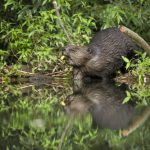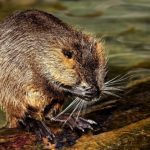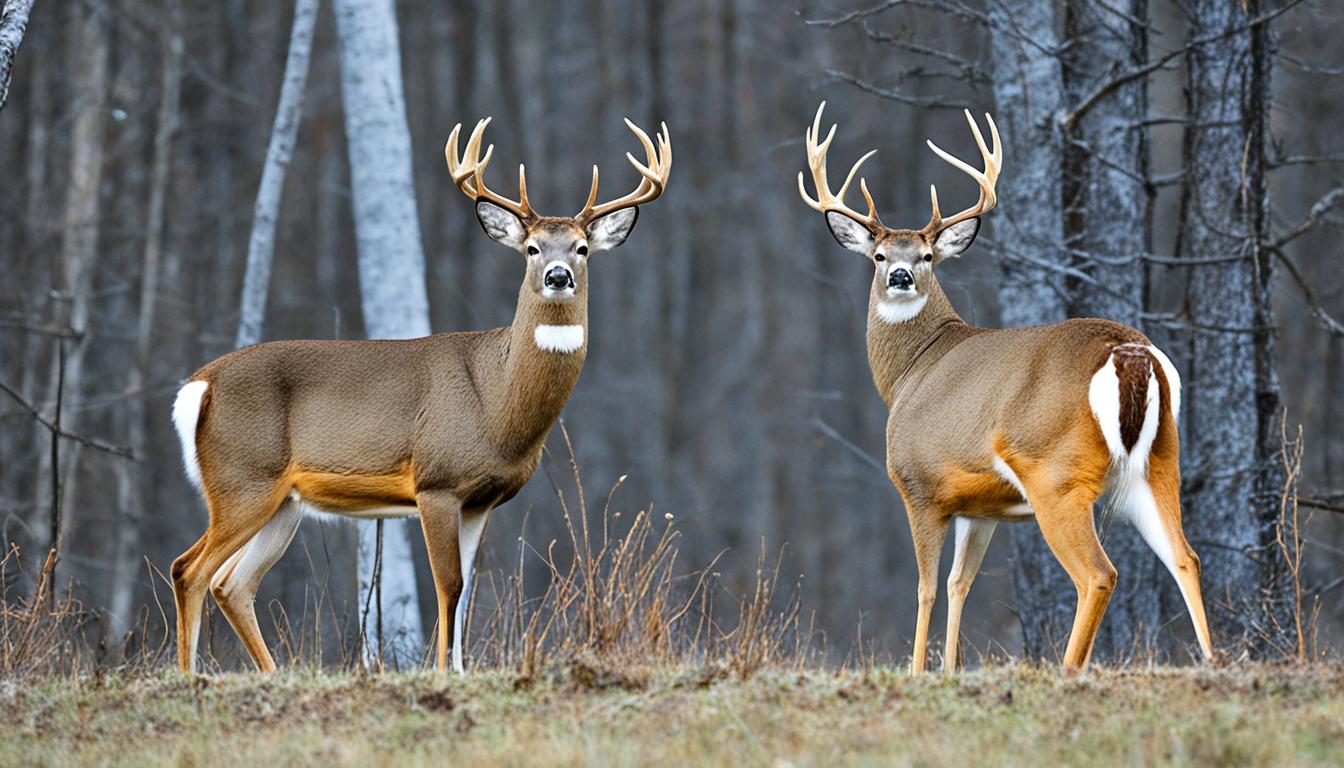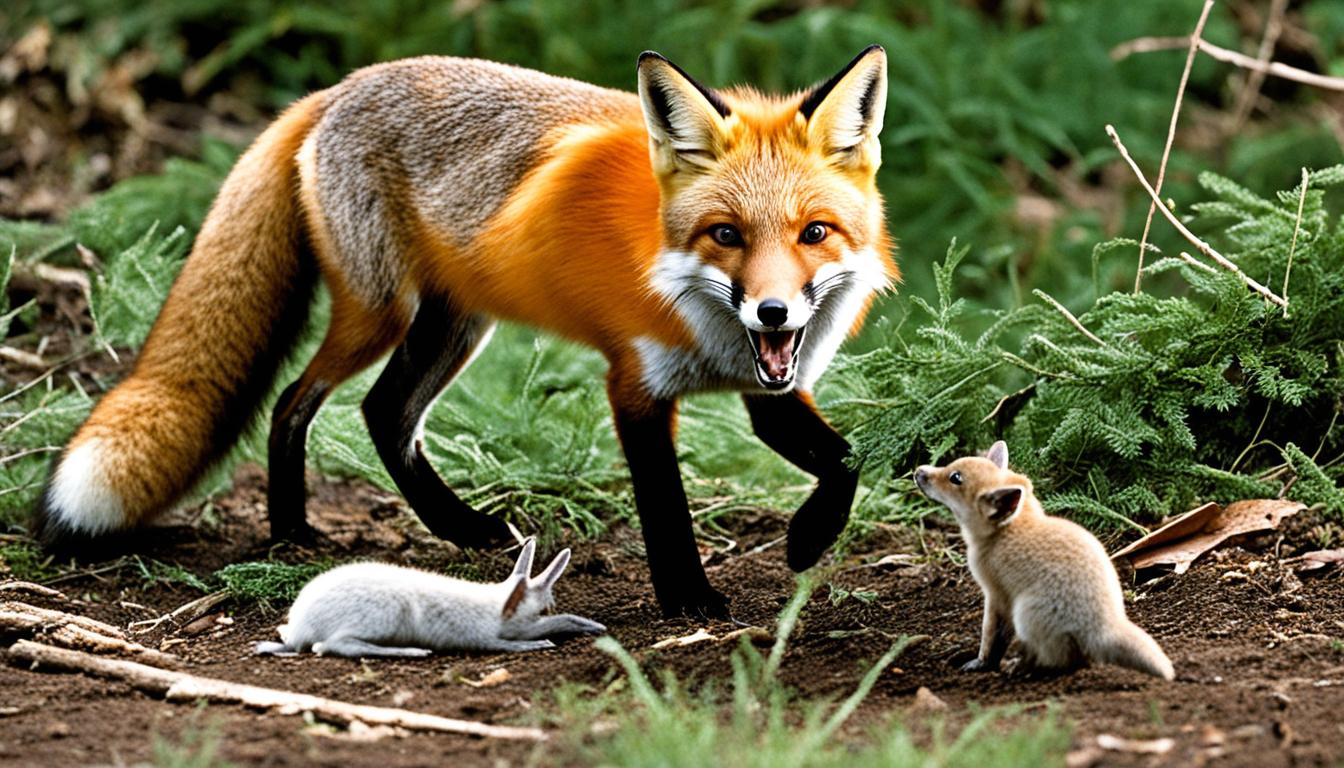Beavers are able to chew through wooden support even pressure-treated wood from docks or piers. Even thou they are physically capable of doing It they have no reason. The Beavers cut down trees for food and to build their dams and lodges, pressure-treated wood just ain’t good for that.
The North American beaver (Castor canadensis) and the Eurasian beaver are the only two extant species of beaver. Beavers in North America range in size from 23 to 39 inches long and weigh between 35 and 65 pounds (15-29 kg). According to National Geographic, the tail increases the animal’s length by 7.75 to 12 inches (20 to 30.5 cm).
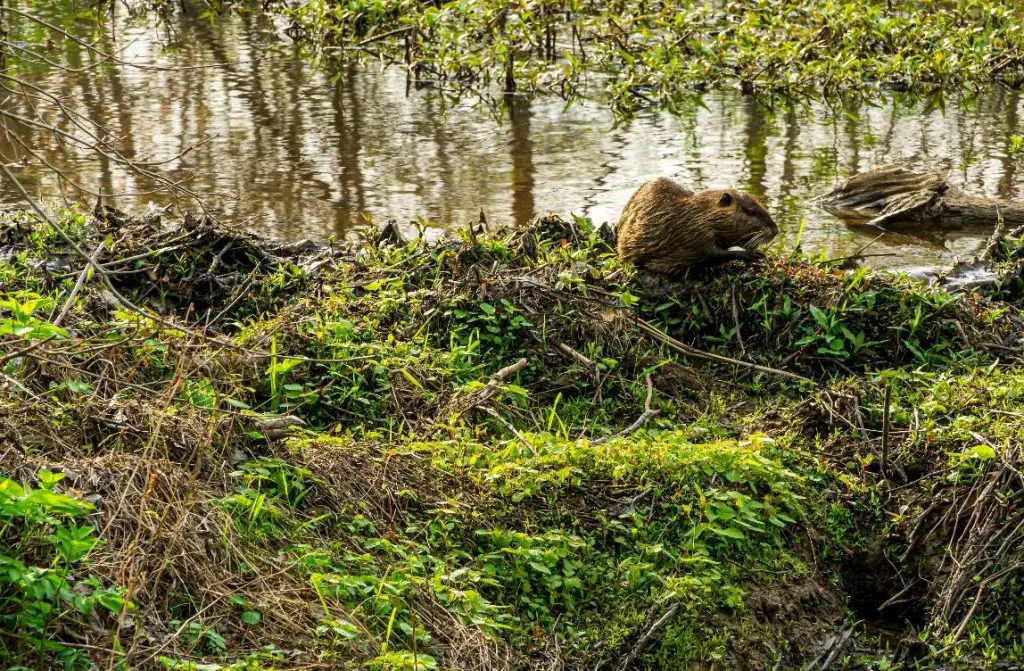
Comparatively smaller than its North American relative is the European beaver “Castor fiber”. They typically range in size from 29 to 53 inches (73 to 135 cm) in length and weigh between 29 and 77 pounds (13 to 35 kg). Compared to North American beavers, they have smaller skulls and slimmer tails.
Due to their high iron content, beaver teeth are orange in color. Their teeth are tough because of this enamel protective layer. Beavers have long incisors (20–25 mm) that keep becoming longer as they age. Even yet, beavers shave down their incisors because they use them to cut trees. The teeth irregularly lose enamel. As a result, the incisors have a chiseled shape that makes it easier for beavers to cut through tough materials like wood.
The molars, or the back teeth in their mouths, are flat and white. Beavers use their back teeth to grind the food. Beavers risk starvation if their teeth are not gradually worn down. In other words, they will not be able to close their mouths and grind their food with their molar teeth. Beavers eat with their mouths closed behind the incisors.
What will keep beavers away?
Repellants should be routinely administered and have a limited impact on beaver management, according to studies by the National Wildlife Research Center. Additionally, no chemical beaver deterrent has been authorized yet. So how can you ward against beavers? There are some solutions made for deer and rabbits that might be useful.
Any repellents intended for use on trees and bushes, according to University of Wisconsin researchers, may deter beavers as well. The correct quantity of the substance for application must be determined. For Ropel, ten trees on an acre will take one gallon of water. When diluted with 100 gallons of water, Thiram, another suggested repellent, covers a similar area.
Some terrifying tools might also be useful. Try using sirens, strobe lights, and propane cannons as a beaver deterrent. Combine noisemakers and visual deterrents because these animals are extremely wary.
What kind of wood do beavers eat?
The bark of willow, cottonwood, aspen, poplar, maple, birch, oak, alder, black cherry, and apple trees is among the vegetation that beavers consume. The branches from the fallen trees are then clipped by beavers and added to their food supply after they have been chewed on till they fall.
Fir, pine, and other conifers are occasionally consumed by beavers, but they are not their preferred food source. However, they frequently use these trees to build dams or cut them down to make room for the growth of their preferred meals.
What to put on trees to keep beavers away?
The correct quantity of the substance for application must be determined. For Ropel, ten trees on an acre will take one gallon of water. When diluted with 100 gallons of water, Thiram, another suggested repellent, covers a similar area.
Some terrifying tools might also be useful. Try using sirens, strobe lights, and propane cannons as a beaver deterrent. Combine air horns and visual deterrents because these animals are extremely wary. Keep in mind that beaver deterrents only have a temporary impact: In one experiment, strobe lights and a commercial device called a Critter Gitter were used to prevent beavers from repairing a breached dam.
Do Otters Pose a Threat to Ducks?
Otters and their diet can indeed pose a threat to ducks. As skilled predators, otters have a strong affinity for fish, but they are opportunistic eaters and will not hesitate to capture ducks if given the chance. While otters generally target smaller prey, they are agile hunters and can quickly seize an unwary duck, making them a potential threat in certain habitats.
Do beavers digest wood?
Wood is not consumed by beavers. They chop down trees to create lodges and dams, but they also consume the tree bark and the softer layers of wood underneath. Beavers’ special gut microbes aid in the digestion of up to 30% of the cellulose they consume from plants. These herbivores also consume watery plants, woody stems, and leaves.
They use cunning techniques to make sure food is available all year long. On the sludge-covered pond floor beneath their homes, beavers also store branches. As a result, they may eat during the winter when they are primarily indoors. The stems are kept fresh and their nutrients are preserved by the chilly water, which functions as a refrigerator.


